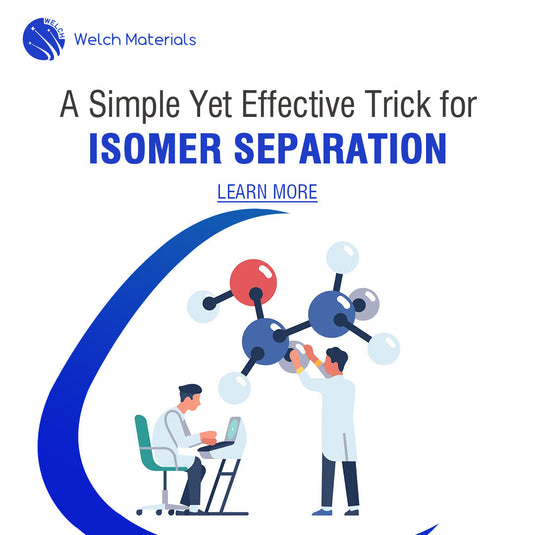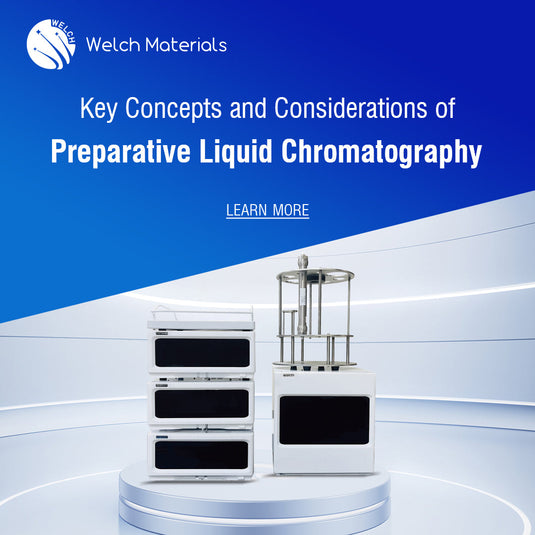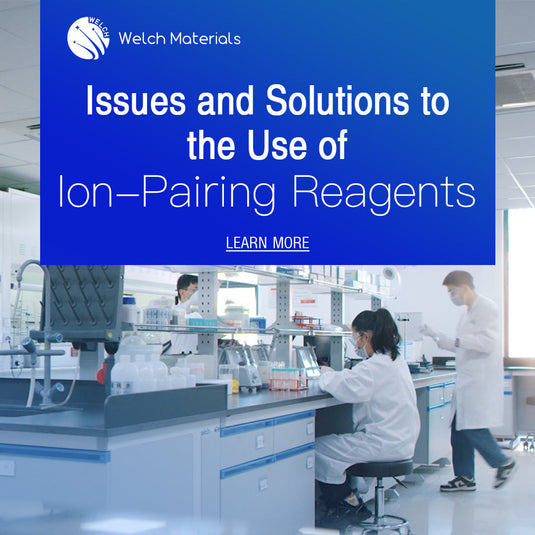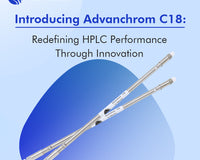Knowledge Base
-

A Simple Yet Effective Trick for Isomer Separation
In this article, we explore a simple yet effective trick in the elution program for isomer separation, with two examples to show how this trick works. -

Key Concepts and Considerations of Preparative Liquid Chromatography
In this article, we discuss 10 essential aspects of preparative liquid chromatography, including definition, applications, workflow, key parameters, classification, difference from analytical LC, and practice. -

Unraveling the Case: Reasons Behind Poor LC RSD
A real-world case of poor reproducibility in LC analysis, with a general conclusion of common issues that cause RSD to be high. -

Issues and Solutions to the Use of Ion-Pairing Reagents
Explore the mechanism of ion-pairing reagents, and common issues and solutions when using ion-pairing chromatography. -

Amino (NH2) Column: How to Keep High Performance?
Introduce the principle of amino columns (nh2 columns) and the guidelines for optimizing amino column performance in reversed-phase and normal-phase mode. -

Analytical Method for 18 Amino Acids
In this article, we share an application of an analytical method for 18 amino acids. Derivatization is employed in this method, and Welch Ultisil Amino Acid Column is used for analysis. -

Does Smaller Column Particle Size Always Lead to Better Resolution in Liquid Chromatography?
In this article, we explore how particle size affects resolution in liquid chromatography through two real-world applications, and analyze why these cases show different results from common belief. -
![[Reader Insight] Optimizing Matrix Curve Quantification in Mass Spectrometry](//www.welch-us.com/cdn/shop/articles/quantification-1080-1220_8f105584-f246-4674-94cb-cabd0eb003b4_535x.webp?v=1765518553)
[Reader Insight] Optimizing Matrix Curve Quantification in Mass Spectrometry
In this article, the author explains matrix curve quantification in mass spectrometry, and offers strategies to minimize matrix effects and enhance accurate quantification. -

An Essential Guide to Efficiently Packing Dynamic Axial Compression Columns
This article is a comprehensive guide of how to pack high-efficiency DAC columns, with tips for high performance and durability. -

How to Distinguish Noise from Drift?
Learn how to identify and address baseline noise and drift in chromatography, understand their causes, and apply effective solutions for UV detectors. -

[Reader Insight] Introduction to Common Derivatization Methods and Application Examples
This article explores key derivatization methods like methylation, amidation, and esterification, highlighting their principles, applications, and optimization strategies. -

What is the Dead Volume of A Column?
This article introduces dead volume in HPLC: its definition, calculation methods, and tips to reduce it for better peak shapes and chromatographic efficiency.













![[Reader Insight] Optimizing Matrix Curve Quantification in Mass Spectrometry](http://www.welch-us.com/cdn/shop/articles/quantification-1080-1220_8f105584-f246-4674-94cb-cabd0eb003b4_535x.webp?v=1765518553)



